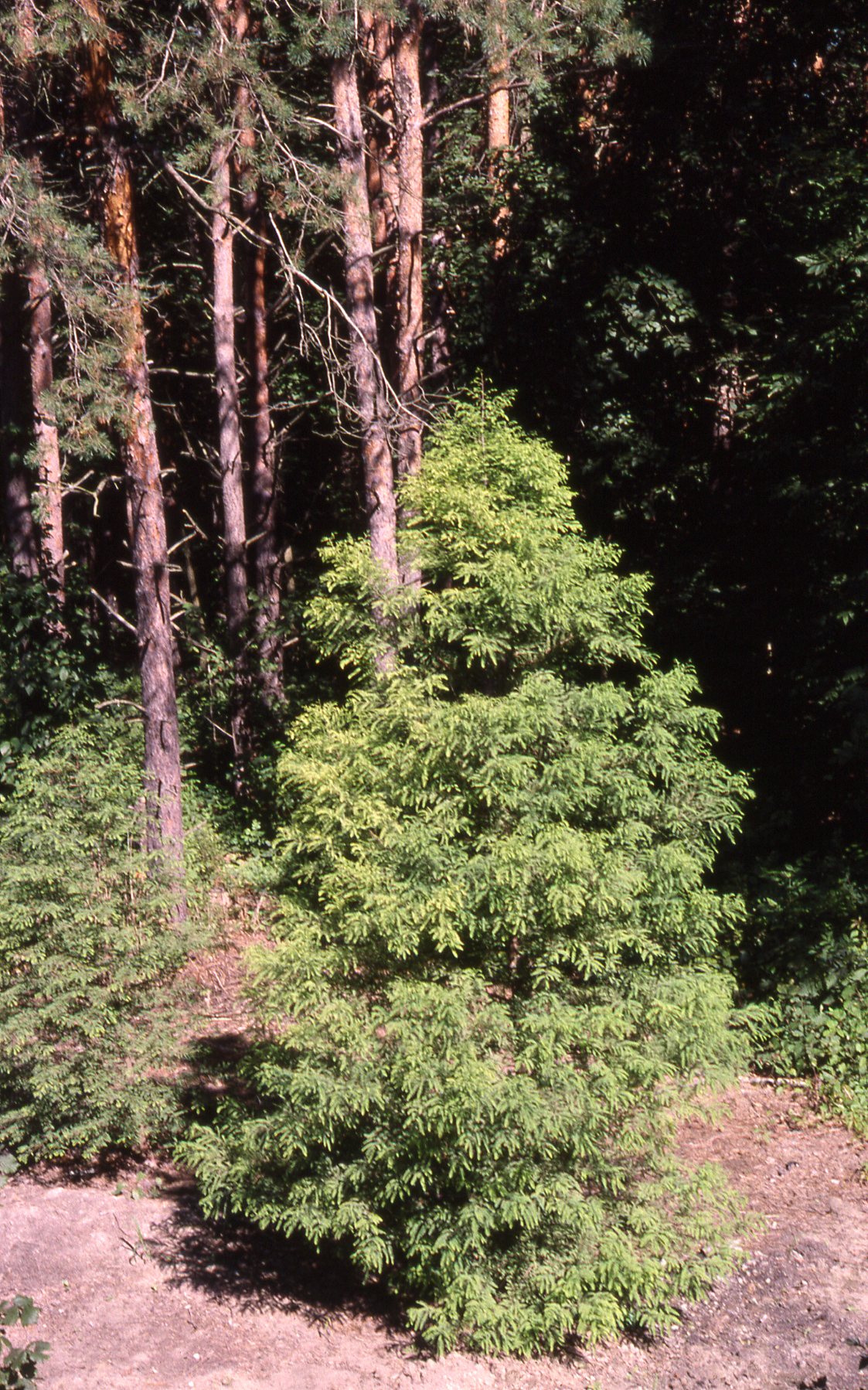 More and more homeowners are appreciating the significant virtues of Bald Cypress trees (Taxodium distichum) sometimes referred to as “Swamp Cypress”. These stunning, shapely trees bear cones and have needles for leaves. However, they are deciduous, losing their foliage every fall after it turns a glowing orange.
More and more homeowners are appreciating the significant virtues of Bald Cypress trees (Taxodium distichum) sometimes referred to as “Swamp Cypress”. These stunning, shapely trees bear cones and have needles for leaves. However, they are deciduous, losing their foliage every fall after it turns a glowing orange.
Familiar to many as the tree that grows in swamps, forming "knees" of their roots, thought to enable them to breathe while in water, these trees are equally at home in parks, along streets and in large residential yards. They usually do not produce “knees” when planted on dry land. They tolerate dry periods just fine and are sturdy enough to withstand high winds.
| Bald Cypress Basics | ||
|---|---|---|
| Species | Size | Basic Requirements |
| Bald Cypress (Taxodium distichum) | Height 75 to 100’ | Zones 5 to 9(10); Full sun but tolerates some shade; any soil type; good for wet; not alkaline |
| |
Spread 20 to 35’ | |
| |
||
Bald Cypress grow at a moderate to fast rate of about 2 feet a year during their first 50 years. They are columnar in shape when young, acquiring a broader pyramidal shape as they mature. Their width increases to 20 to 35 feet, or about 1/6 to 1/3 of their height. Their straight single trunks are covered in handsome reddish brown to silvery bark that sheds in vertical peels. Bald Cypress trees typically live as long as 400 to 600 years.
Bald Cypress foliage is similar to hemlock. The fine-textured needles appear late in the spring. They are 1/2 to 1 inch long, flat with pointed tips. Soft and fernlike, they grow opposite each other around each delicate twig. They are a bright yellow green in spring, becoming a soft medium green over the summer. As fall arrives, the leaves turn an orange to rusty brown before falling. During severe drought Bald Cypresses will lose their leaves prematurely and look dead, but rarely are they permanently damaged.
Bald Cypress trees bear both male and female flowers on the same tree. In the spring before leaves emerge inconspicuous small drooping purplish cones appear at the ends of branches all over the tree. The long drooping clusters of male flowers that developed the previous autumn and shed pollen in April pollinate these female flowers. The female flowers then become 1 to 1 1/2 inch cones with thick scales. They contain seeds and resinous (oil) glands that can be messy when crushed. Through October to early December cones ripen, turn brown and eventually disintegrate, releasing winged seeds.
Bald Cypress Choices
`Shawnee Brave' is a smaller, narrow form, suited for small yards and streetside. , `Prairie Sentinel' feature narrower more conical crowns than others. `Monarch of Illinois' spreads unusually wide and more rounded. `Pendens' has drooping branches.

